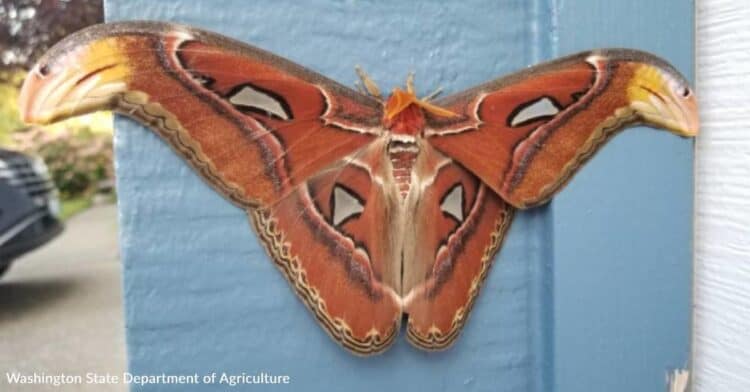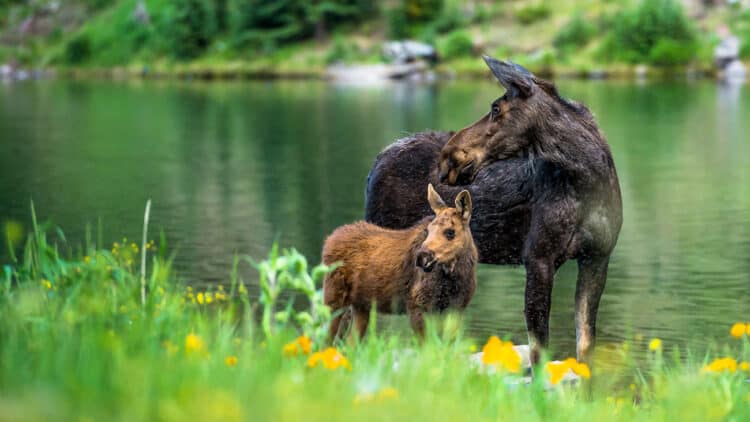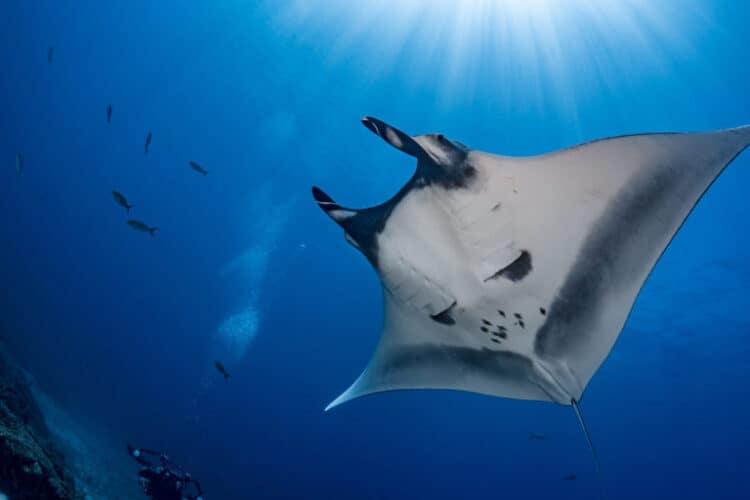There may be a glimmer of hope for the extremely rare vaquita porpoise, the world’s smallest cetacean, a group that includes whales, dolphins and porpoises. The vaquita is also the most threatened marine mammal in the world, nearly extinct because of entanglement in fishing nets.
The latest expeditions to survey the mammal in the northern Gulf of California, Mexico, have yielded sightings of both vaquita mothers and calves. This, researchers say, indicates that the small porpoises are still reproducing despite threats.

“So the good news is they are producing calves,” Lorenzo Rojas-Bracho, who leads marine mammal research at Mexico’s National Commission on Protected Areas (CONANP),told the San Diego Union Tribune. “
And we have the survivors who have been able to survive all these years, and it’s important to protect them, because the survival of vaquita depends on these individuals we have now.”
During the summer of 2018, fewer than 19 vaquitas (Phocoena sinus) were estimated to survive in the Gulf of California, according to a recent study. This year, in a survey carried out between August and September, researchers spotted what they say are likely six distinct individual vaquitas.
During a subsequent expedition in October, researchers say that they spotted vaquitas several times, including six different vaquitas in two groups. They also sighted three pairs of mothers and calves, said Rojas-Bracho.
In 2017 and 2018, too, the researchers had observed vaquita mothers and babies. In fact, they saw the same female with two separate calves in 2017 and 2018, suggesting that vaquitas may be capable of producing calves every year. Scientists previously thought that vaquitas give birth every other year.
This news is hopeful, but the mammal’s future is still perilous due to the continued use of illegal fishing nets in its habitat, the International Committee for the Recovery of the Vaquita (CIRVA) said in a report published earlier this year.
In 1997, surveys estimated that there were some 560 vaquitas in the northern part of the Gulf of California, the only place they’re known to occur. Their numbers more than halved in a decade, and by 2015 it was estimated there were fewer than 60 individuals left.
The catastrophic decrease in vaquita numbers is linked to the decline of yet another critically endangered fish called the totoaba (Totoaba macdonaldi). Dried totoaba swim bladders, also called maws and dubbed “aquatic cocaine,” are highly sought after for their purported medicinal value in Asia. These maws fetch high prices in mainland China and Hong Kong, and can earn up to $47,000 in local black markets, according to the investigative NGO Elephant Action League (EAL).
Commercial totoaba fishery was banned in Mexico in 1975, but illegal fishing using gillnets continues. Vaquita are collateral damage in this illegal trade, getting entangled and drowning in gillnets laid out for totoabas as well as other fish and shrimps that are sold in Mexico and the U.S.
To protect the vaquita, the Mexican government established a vaquita refuge in the core part of vaquita range in the northern Gulf of California and banned gillnets in the refuge starting in 2015. But the ban isn’t being strictly enforced, researchers say.
“There are laws on the books, but there’s no serious protection,” Robert Pitman, a retired marine biologist at the National Oceanic and Atmospheric Administration,told the San Diego Union Tribune.
The gillnet ban has, however, affected local fishermen who used the fishing gear to catch other species. They were supposed to receive compensation from the Mexican government, but the payments reportedly stopped by early 2019,Mongabay reported last month.
As a result law-abiding fishers are frustrated, since those who flout the rules continue to profit from gillnet fishing, Carlos Tirado, the leader of a regional group of fishing cooperatives, said in a statement in October 2019.
“We are between a rock and a hard place: between organized crime and the problems derived from illegal activities in the area, and pressure towards the commercial fishing sector by the government,” Tirado said. “Those most affected are our fishing organizations that stick to the rules. Those who most benefit are the illegal fishers.”
This article by Shreya Dasgupta was first published on Mongabay.com on 27 November 2019.
What you can do
Support ‘Fighting for Wildlife’ by donating as little as $1 – It only takes a minute. Thank you.







Leave a Reply